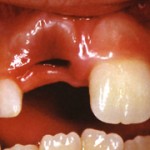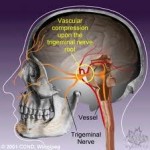Before I explain to you regarding the emergency measures that you should perform when your child knocks his tooth out, let me briefly discuss about what will happen to a tooth after it is completely displaced out of socket. Success of a replantation depends on the amount of time the tooth is out of socket and storage medium used to store the avulsed tooth. Avulsion is complete displacement of tooth out of socket. Continue reading
Tag Archives: teeth
How to Help Children Overcome Debilitating Fears of the Dentist?
 Overview
Overview
It is practically normal for a child to fear dentist. The parents and dentists play an important role to cultivate good impression and behavior towards dentist. Continue reading
How to Make a Model of Permanent Teeth
Dental models are three-dimensional reproductions of a patient’s teeth and gums, according to “Torres and Ehrlich Modern Dental Assisting.” Also called study casts, these models are valuable diagnostic tools for creating devices such as dentures or braces, or for making temporary crowns or mouth guards. Whatever the reason, making a permanent teeth model is easy to do, if you don’t mind having plaster in your mouth for a few minutes. You could do it yourself with a few pieces of equipment, or you could have your local dentist make a mold for you. It is painless and doesn’t take more than an hour to complete. With these models, the dentist can study a patient’s mouth at angles he or she cannot reach during a regular patient examination in the dental chair. Continue reading
History of Odontology
Odontology, the science of using dental information to identify a deceased person, began as early as the first century A.D. Since then, this field of study has grown to be recognized worldwide by organizations such as the American Board of Forensic Odontology. It is useful both in convicting criminals in court and in identifying victims of natural disasters. Continue reading
How to Care for Braces
 Â Orthodontic patients have higher risk to develop caries as plaque can accumulate rapidly around components of braces. Therefore, it is important to maintain good oral hygiene while getting your teeth straightened. Continue reading
 Orthodontic patients have higher risk to develop caries as plaque can accumulate rapidly around components of braces. Therefore, it is important to maintain good oral hygiene while getting your teeth straightened. Continue reading
How to Care for Gums and Teeth
Our gums and teeth play an important role in our daily lives.
Without them, we will not be able to enjoy varieties of food or look good, thus it is very important to take care /maintain good oral hygiene.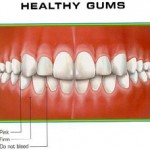 Continue reading
Continue reading
Procedure for Conventional Partial Dentures
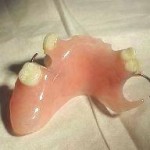 Partial dentures are indeed a cheaper option compared to bridges and implants to replace missing teeth. But, how much do you know about the procedures to construct a partial denture? Continue reading
Partial dentures are indeed a cheaper option compared to bridges and implants to replace missing teeth. But, how much do you know about the procedures to construct a partial denture? Continue reading
When to get a dental filling?
What is a  dental filling?
A tooth consists of enamel,dentine, pulp and cementum. Enamel is the outermost layer which forms the crown of a tooth. Tooth surface is covered by a bacterial biofilm,known as plaque. The bacteria metabolizes sugar and releases acid which destroys the enamel. This process is called decay or dental caries. When oral hygiene is inadequate, dental decay progresses into the dentine layer and in later stage, into the pulp. Decayed tooth is weak and brittle, thus it becomes soft, forming what is called cavity. A tooth damaged by decay needs to be filled to restore its normal function, shape and strength. Continue reading
Tirgeminal Neuralgia or Toothache
How Will You Know If You Are Suffering From Trigeminal Neuralgia or Toothache?
Â
Trigeminal neuralgia is a chronic pain condition affecting the trigeminal nerve, which carries the sensation, touch, pain, and temperature from the face to the brains. It is on either side of the face and consist of three branches hence the name. The maxillary and mandibular branch is commonly affected around the cheeks and jaw. Also known as tic douloureux, occurs when a blood vessel (artery or vein) impinges on this nerve at the base of the brain under pressure leading to disruption of its function. The superior cerebellar artery is the most common vessel causing neurovascular compression. Continue reading
How to Identify Risk Factors for Gingivitis
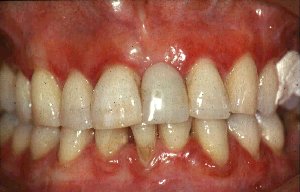 What is gingivitis?
What is gingivitis?
Gingivitis or generally known as gums (gingiva) disease is defined as an inflammation of the gums surrounding the teeth. Gingivitis is commonly initiated by dental plaque formation, termed as plaque-induced gingival disease. With continuous plaque irritation and severe inflammation to the gums, this condition will progress into periodontitis, a destructive form of periodontal disease.
However, non-plaque-induced gingival lesion is an oral manifestation of systemic conditions that produce lesions in the gums; which are in very rare occurrence. Continue reading
